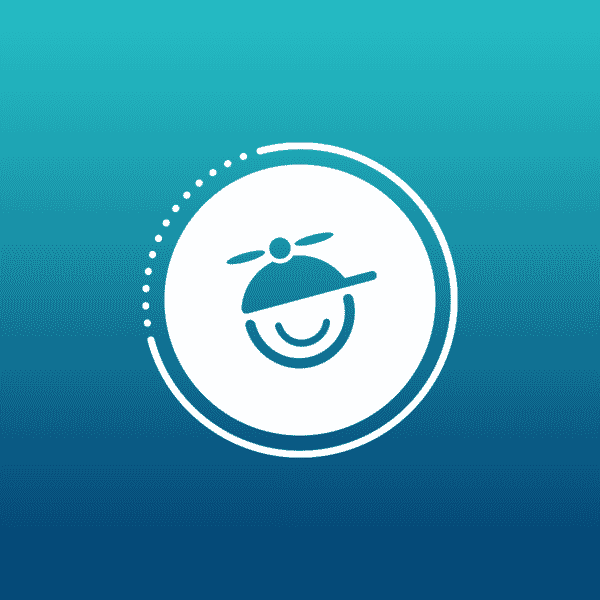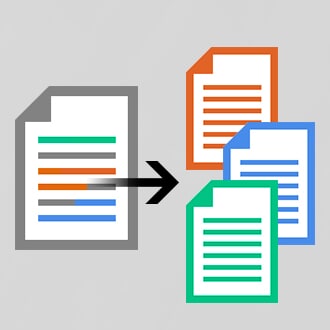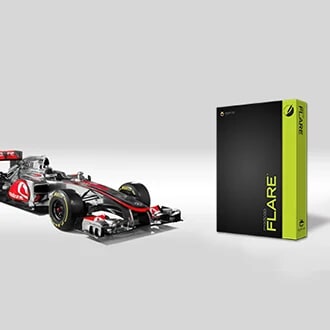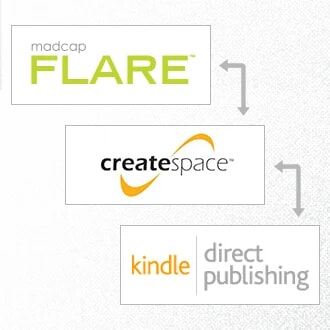Tom Johnson, senior technical writer for the LDS Church in Salt Lake City and author of one of our favorite blogs, recently posted a very informative article about using images in Flare. With Tom's permission, we've re-published it here for you to check out:
Single Sourcing Screen Captures to Print, Online, and Mobile Using Flare and Capture
The other week my colleague asked me to write down a few notes about how I handle images with Flare. I realized there’s a lot to know about images, especially when trying to single source them both to print and online outputs. In this post, I’ll jot down a few of the more tricky points when it comes to single sourcing images.
Dimensions
Before taking a screenshot, the first question to ask is what dimensions to use. You want to figure out the right dimensions from the start so that your screenshots don’t have different zooms and magnification levels, different widths and so forth. You want to avoid the hodgepodge variety of sizes and shapes that end up looking amateur. Decide on your height and width early so that all screenshots look similar.
The height and width of your screenshots depends on the layout of your deliverables. For print, if you’re using a single column that’s say, about 4 inches wide, then you want your screenshots to fit comfortably within that width. Screenshots in a printed guide can still be readable when small, whereas online images that are compressed to small sizes may become unreadable. In both mediums, you want the screenshots to be crisp and clear.
As a general principle, err on the side of being too large. Take your screenshots at your 800px wide by 450px tall or so, and in your stylesheet, apply a max-width property for the online images. Flare will pick up on that max-width property and resize the images accordingly, so you won’t end up with huge image files. And in print, your large images will scale down in a crisp way. I need to explain more, obviously, but that’s my general approach.
Thumbnails
You’re probably thinking, 800px wide seems really big. That’s okay. In addition to using max-width styles to reduce the image sizes, Flare allows you to display the screenshots as thumbnails, conserving space so you don’t exhaust all your screen real estate. I’ve started including thumbnails in my help. Here’s a quick example.
Thumbnail example. Click the image to see the real help file where this screenshot appears.
When you click the thumbnail, it expands to a much larger size. I like the thumbnail model and think it’s a good practice for online help. It allows you to increase the number of visuals in your help material without overwhelming users who are simply scanning for text.
As thumbnails, the screenshots can be wider than usual because they expand in their own space rather than following the column width of your text instructions. The 800px wide screenshot looks fine when it’s expanded and the background dimmed.
DPI
When you consider image dimensions for print, you have to factor in the dots per inch setting, or DPI.
To get clear images in print, you need to use a higher DPI (dots per inch) for your images. Ideally, you want to use a DPI of 200 or higher (but usually not more than 300, since most printers can’t print this level of detail anyway). You also want to use a lossless format, such as TIF.
Note that if you take a screen capture (maybe 800px wide) from on a computerscreen, and then increase the DPI to 200 or 300, the image shrinks to about two thirds the size or more when you output to print.
How DPI settings affect image dimensions of a screenshot taken on a desktop monitor.
Why does this happen? Your screen’s resolution can display only a certain number of pixels per inch (PPI), which are converted to dots per inch (DPI) for print format. To achieve 200 DPI, the image has to pack many more dots into a smaller space. Because there aren’t that many dots available (graphics programs don’t just create new dots), the only way to get a density of 200 DPI is by decreasing the image’s dimensions.
Unless you want small screenshots in print, you have to increase the initial size of your screen captures to something like 800px wide or larger. Then apply a DPI setting (such as 200) that reduces the image’s size to the dimensions needed for your print output. This result is about a 500px image. If your print layout is narrower, increase the DPI until the image fits nicely into the layout. Conversely, if the print images look too small, lower your DPI setting a bit, backing it down to 150 DPI or so.
Using Capture with Flare for print and online images works well, since Capture allows you to specify a unique DPI and image format (such as TIF) for the print format, while having other settings for your online images. In Capture, you can set up a profile that has all of these settings. With each new screen capture, you simply apply the Capture profile to it.
You can always change the profile settings in Capture later and reapply it to your image. For example, if you decide to switch your print layout to dual columns, and now you need your print images to be much smaller, you can update the Capture profile with a higher DPI and reapply the profile to your existing images.
To read more of Tom's article, click here.








